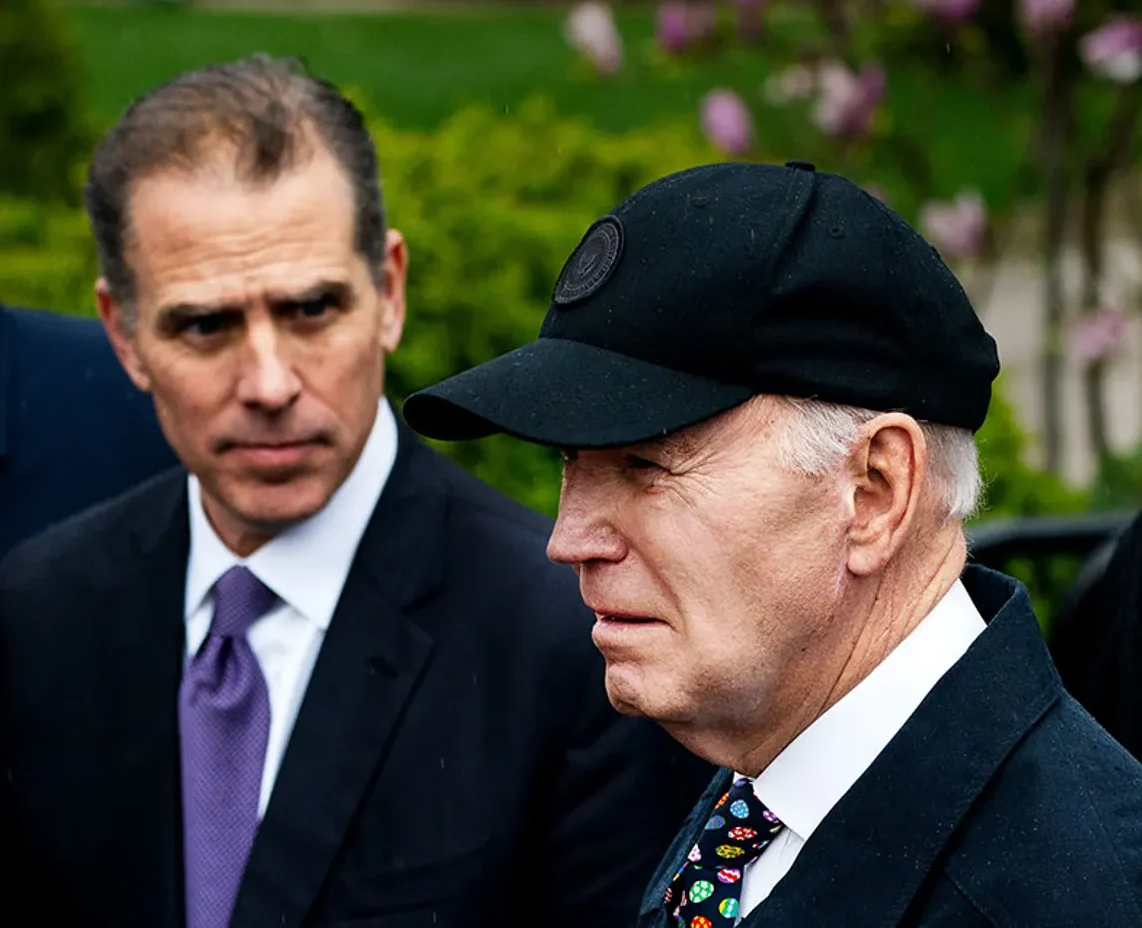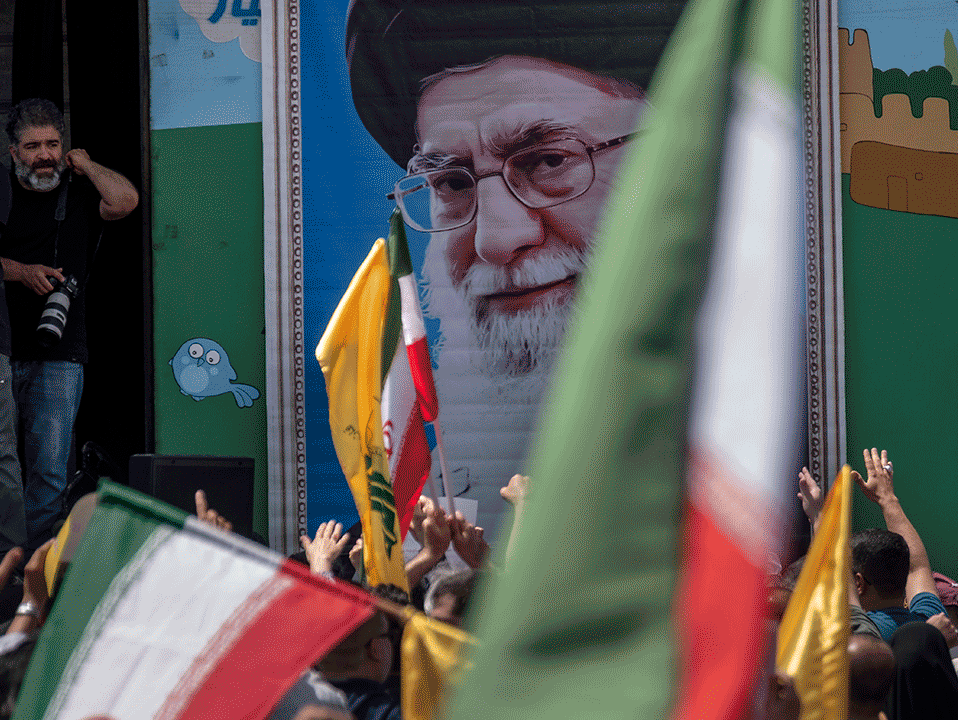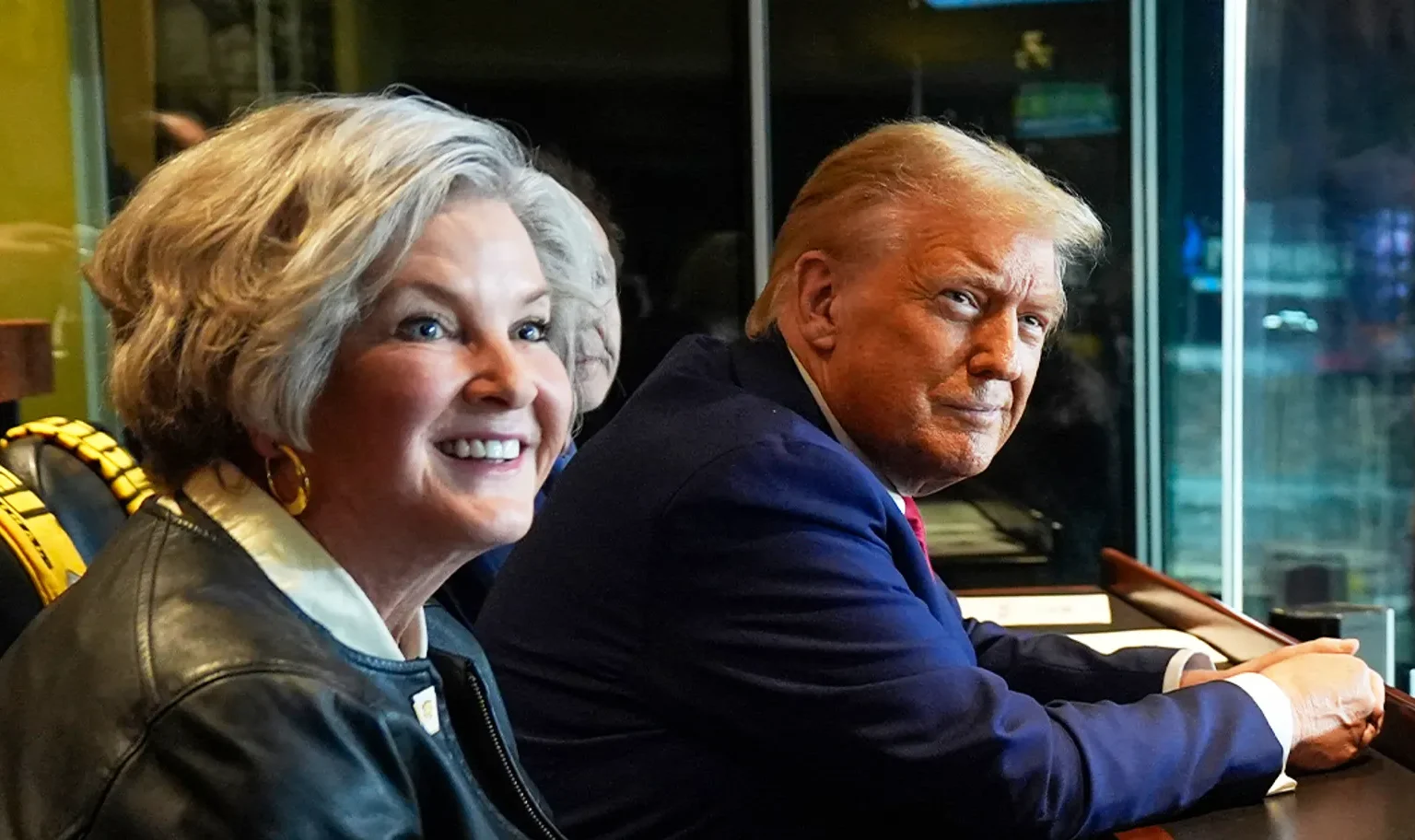In a geopolitical drama that feels as much like a high-stakes poker game as it does diplomacy, nations across the globe are scrambling to respond to a sweeping set of reciprocal tariffs issued by the United States.
At the center of it all is President Donald Trump, whose latest trade offensive has sent a wave of urgency across Asia and Europe. On Tuesday, country after country signaled readiness to negotiate, spurred by the financial and strategic implications of the tariffs that now threaten their export-dependent economies.
Indonesia, a key U.S. trade partner in Southeast Asia, found itself caught in the crossfire with a 32% tariff. President Prabowo Subianto, speaking from Jakarta, summed up the international mood with stark clarity: “The world is in turmoil.”
That turmoil is underscored by America’s aggressive demand for a realignment in global trade balances—one that could redraw long-standing agreements and alliances. Indonesia’s top economic strategist, Minister Airlangga Hartarto, made clear the country’s approach: negotiation, not retaliation. The message is calculated and conciliatory—Jakarta intends to increase imports from the U.S. as part of a recalibration effort.
The sentiment echoed across the region. Malaysian Prime Minister Anwar Ibrahim took a diplomatic tack, rejecting public confrontation in favor of “quiet engagement.” He announced that ASEAN nations will send a joint delegation to Washington. This move reveals not only regional coordination but also the sheer scale of the impact Trump’s tariffs are having across Southeast Asia.
India and Japan, too, are angling for swift resolution. India’s foreign minister reached out to Secretary of State Marco Rubio, pursuing what the government hopes will be an accelerated bilateral deal. Japan is reportedly taking things a step further—Prime Minister Shigeru Ishiba may travel to Washington personally, highlighting the gravity of the economic stakes involved. Trump himself noted a phone call with Ishiba and signaled that a top-level negotiation team is en route.
Meanwhile, across the Atlantic, European Commission President Ursula von der Leyen is in active talks with China. Her message: avoid escalation, preserve global stability. Her phone call with Chinese Premier Li Qiang underscores Europe’s determination to maintain equilibrium as 2025 marks 50 years of EU-China relations. The broader implication is unmistakable—global trade, already fragile, is now entering a turbulent new phase.
Kevin O’Leary EXPERTLY educates a liberal reporter on Tariffs
This is the most educational and well put together explanation of what Donald Trump is doing with tariffs I’ve seen
If you have any questions on tariffs, watch this discussion, you’ll be an expert: pic.twitter.com/BggVowJW8z
— Wall Street Apes (@WallStreetApes) April 7, 2025
The chessboard has been reset. With Trump’s tariff strategy forcing allies and rivals alike back to the negotiating table, the next few weeks could shape the contours of international trade for years to come. The question is not whether a deal will be made, but how many will—and at what cost.



